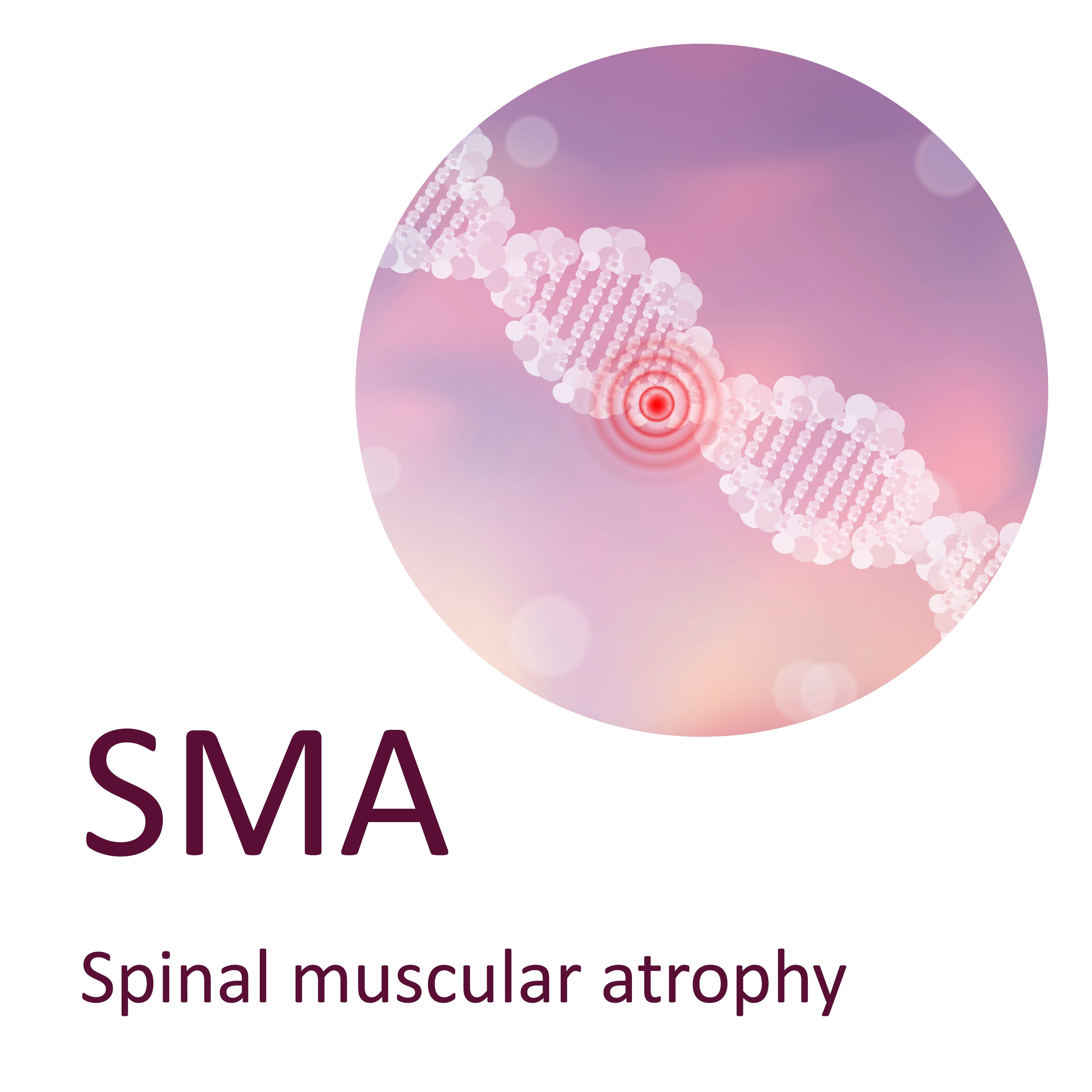News
Article
Top 5 Most-Read SMA Articles of 2024
Author(s):
The top-5 most read articles on spinal muscular atrophy (SMA) span novel research in predictive biomarkers, the benefits of newborn screening, and findings that could reshape SMA as a multisystem disorder.
Our top 5 most-read spinal muscular atrophy (SMA) articles of 2024 featured coverage that broadened clinical understandings of SMA as a multisystem disorder, the benefits and newborn screening programs, and novel biomarker discoveries that have continued to progress SMA research.
To explore the rest of our SMA coverage and stay up-to-date throughout the new year, check out our SMA page.
SMA | image credit: Science RF - stock.adobe.com

5. SMN Depletion May Increase Risk of Liver Damage, Fatty Liver in SMA
Findings from earlier this year suggested that children and adults with SMA, regardless of disease type, are more vulnerable to developing fatty liver disease. While SMA has been primarily understood as a motor neuron disease, emerging research has shed light on accompanying organ and immune system dysfunction. With 6 of 8 patients with SMA (75%) exhibiting mild-to-moderate hepatic steatosis, the authors highlighted concerns about hepatotoxicity related to SMA therapies and the need to adequately identify patients with increased risks of liver complications. Personalized approaches could prove useful in the future for assuaging and tracking these complications in affected patients.
4. 5-Year Review Further Bolsters Support for Newborn SMA Screening
In 2018, Utah was the first state to implement a statewide newborn screening for SMA. This year, long-term screening data was published that gathered information on nearly 240,000 infants. During this time, the prevalence of SMA in Utah was 1 in 20,000 live births. The newborn screening program gave clinicians the opportunity to identify patients with, or who will develop, SMA, allowing them to initiate treatment before symptom onset—and figure who stands to benefit the most from treatment. As the literature indicates, the sooner treatment begins, the better outcomes are for patients with SMA. At present, newborn screening programs have been instituted nationwide.
3. Novel Prognostic Biomarkers Discovered for SMA
Utilizing machine-learning algorithms (Random Forest) and untargeted liquid chromatography helped researchers differentiate biomarkers expressed throughout SMA types. Among the notable discoveries were contactin-1 and neurexin-3, which were variably expressed throughout SMA types 1-3. Additionally, researchers identified a significant amount of disease-specific process and proteins that helped them distinguish between SMA types 0-3, some of which were uniquely impacted by nusinersen treatment. Their findings underscore the importance of reliable prognostic biomarkers to classify patients with SMA according to severity and type of disease.
2. SMA Birth Prevalence in US Lower Than Expected, New Report Finds
Newborn SMA diagnoses occur every 1 in 10,000 births, according to global estimations. However, increased implementation of newborn screening programs has produced valuable data that indicates the US prevalence falls below worldwide approximations. Currently, these data infer that SMA is diagnosed for every 1 in 14,694 newborns. In line with Utah’s 5-year analysis, the present study emphasized the value of newborn screening programs, especially with the opportunities they provide for prompt diagnosis, therapeutic interventions, and optimizing patient outcomes.
1. Potential Biomarkers Predict Disease Severity and Treatment Response in SMA
Pro-inflammatory cytokines show promise as a valuable, predictive biomarker of disease progression and treatment efficacy in SMA, according to this real-world study. Patients with SMA type 2 or 3 were included in this trial and received treatment with nusinersen for the duration of the study. While neuroinflammation is a well-known component of SMA pathogenesis, there are insufficient studies evaluating how disease-modifying therapies impact this process. After 6 months, patients exhibited significant improvements across a variety of motor function measures that coincided with changes in various cytokine levels. Findings suggested that nusinersen modulates cytokine levels in cerebrospinal fluid, with additional data indicating the influence of cytokine levels on baseline motor assessments and improvements at follow-up.





